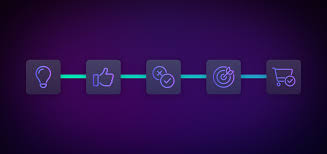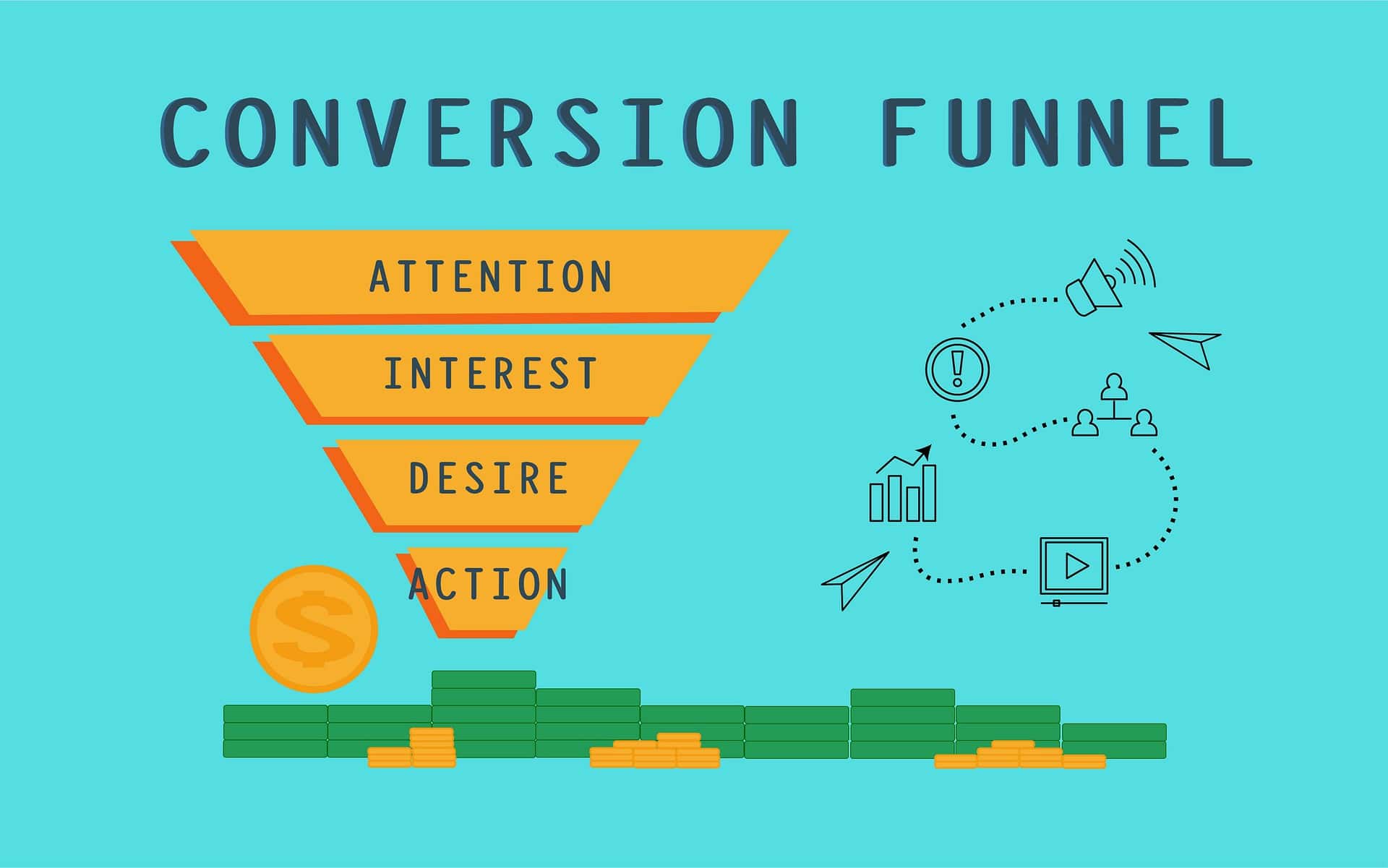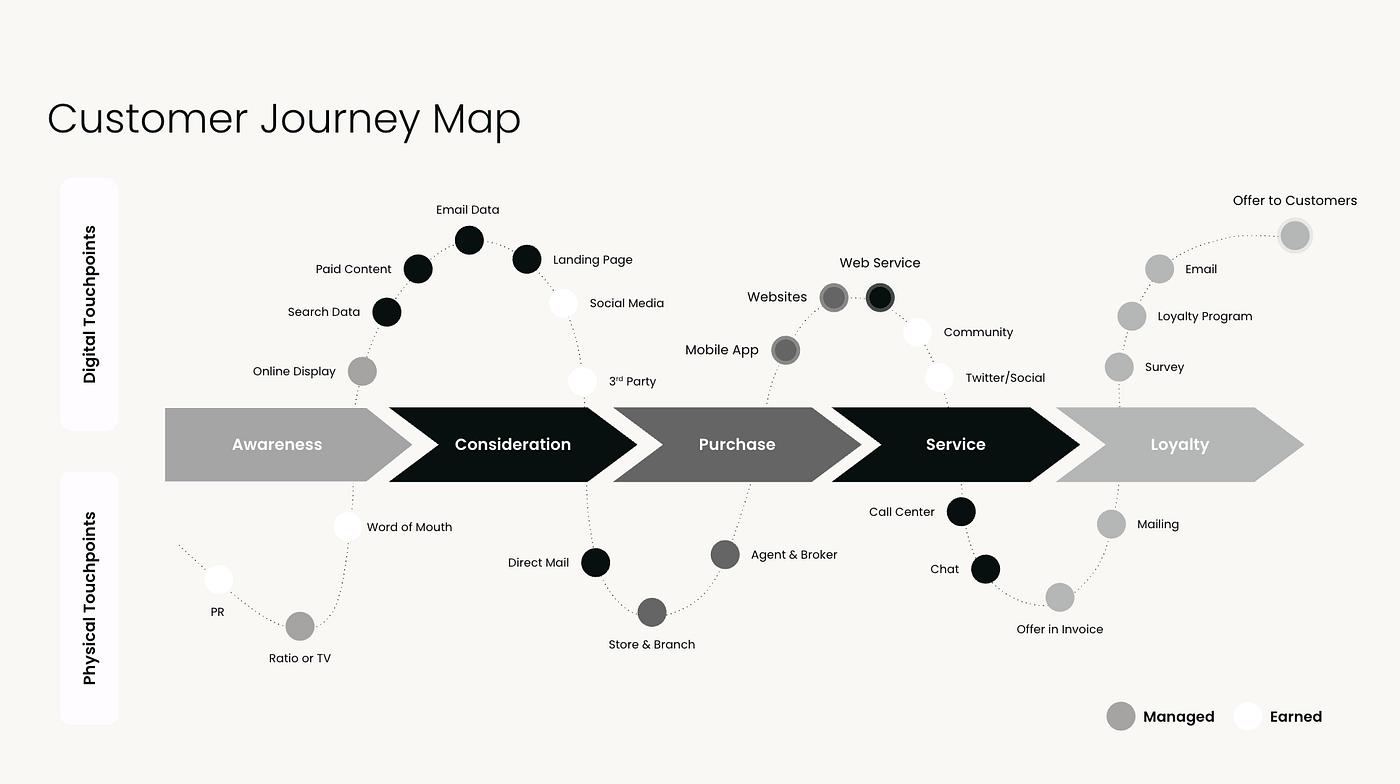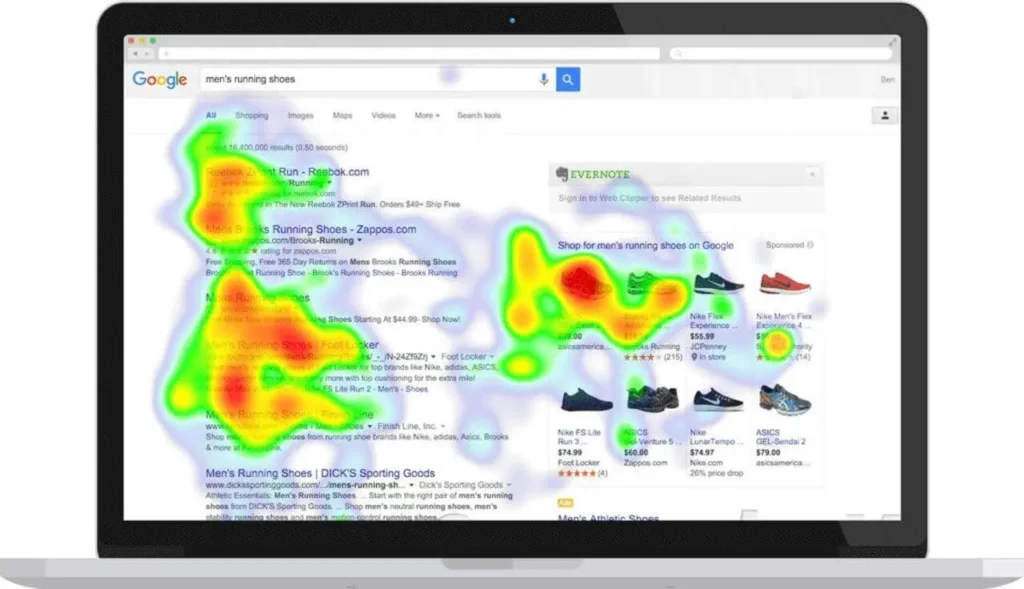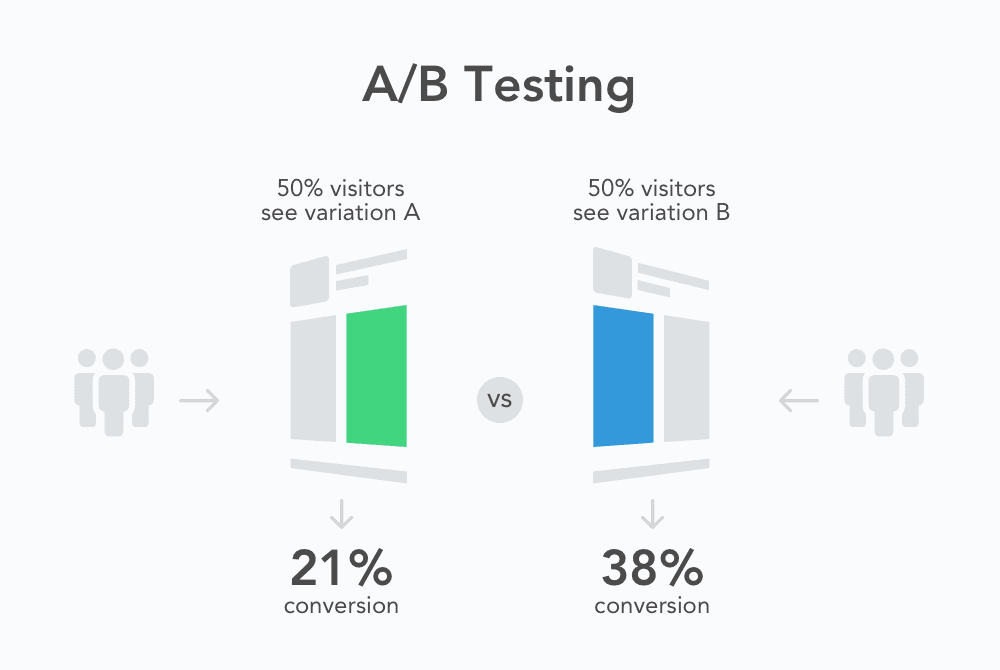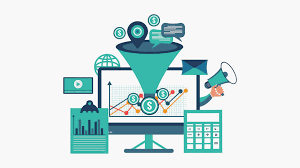In the competitive world of ecommerce, understanding your customers’ journey is the key to unlocking higher sales and sustained growth. Ecommerce funnel analytics offers invaluable insights into how visitors interact with your website, where they drop off, and what drives them to complete a purchase. Mastering these analytics empowers you to optimize every stage of your sales funnel, turning casual browsers into loyal customers and maximizing your conversion rates. In this comprehensive guide, we’ll explore the essential strategies and tools you need to decode your ecommerce funnel data, identify bottlenecks, and implement actionable improvements that lead to measurable success. Whether you’re a seasoned online retailer or just starting out, mastering ecommerce funnel analytics can transform your business and elevate your results to new heights.
1. Understanding the Ecommerce Sales Funnel
The ecommerce sales funnel is a powerful framework that helps you visualize and understand the customer journey from their very first interaction with your online store to the final purchase—and beyond. At its core, the funnel breaks down the buying process into distinct stages: Awareness, Interest, Consideration, Intent, Purchase, and sometimes Retention. Each stage represents a critical touchpoint where potential customers engage with your brand in different ways.
In the Awareness stage, shoppers discover your store through marketing channels like social media, search engines, or paid ads. As they move into Interest and Consideration, they begin exploring your products, reading descriptions, comparing options, and evaluating whether your offerings meet their needs. The Intent stage signals that customers are ready to take action—they may add items to their cart or start the checkout process. Finally, the Purchase stage is where the transaction is completed, but the journey doesn’t have to end there. Retention focuses on turning one-time buyers into loyal customers through excellent post-purchase experience and engagement.
By understanding each stage of the ecommerce sales funnel, you can identify where potential customers drop off and optimize your marketing strategies accordingly. This insight allows you to tailor your messaging, improve user experience, and implement targeted interventions that guide shoppers smoothly toward conversion, ultimately maximizing your sales and growing your business.
2. Key Metrics to Track in Your Funnel Analytics
When it comes to mastering ecommerce funnel analytics, understanding which key metrics to track is essential for optimizing your conversion rates and maximizing revenue. The first crucial metric is Conversion Rate, which measures the percentage of visitors who complete a desired action, such as making a purchase. Monitoring this metric at each stage of your funnel—from product views to checkout—helps identify where potential customers drop off. Next, keep a close eye on Cart Abandonment Rate, as it reveals how many shoppers add items to their cart but leave without buying. High abandonment rates may indicate friction points like complicated checkout processes or unexpected costs. Another important metric is Average Order Value (AOV), which tracks the average amount spent per transaction and provides insight into customer purchasing behavior. Additionally, Customer Acquisition Cost (CAC) shows how much you spend to acquire each new customer, helping you evaluate the efficiency of your marketing efforts. Lastly, tracking Customer Lifetime Value (CLV) enables you to understand the total revenue a customer generates over time, guiding strategies to foster loyalty and repeat purchases. By consistently monitoring these key metrics, you can pinpoint weaknesses in your ecommerce funnel and implement targeted improvements to unlock sustained success.
3. Tools and Software for Ecommerce Funnel Analysis
When it comes to mastering ecommerce funnel analytics, having the right tools and software at your disposal is essential for gaining valuable insights and driving maximum conversions. Fortunately, there are numerous powerful platforms designed specifically to help you track, analyze, and optimize every stage of your ecommerce funnel. Google Analytics remains a cornerstone tool, offering robust tracking capabilities that allow you to monitor user behavior, traffic sources, and conversion rates with precision. For more specialized funnel analysis, tools like Mixpanel and Kissmetrics provide advanced features such as cohort analysis and user segmentation, enabling you to understand how different customer groups move through your funnel over time. Additionally, platforms like Hotjar and Crazy Egg offer heatmaps and session recordings that reveal exactly how visitors interact with your site, highlighting potential drop-off points and areas for improvement. Integrating these analytics tools with your ecommerce platform (such as Shopify, WooCommerce, or Magento) ensures seamless data flow, empowering you to make data-driven decisions with confidence. By leveraging the right combination of these tools, you can pinpoint bottlenecks, optimize customer journeys, and ultimately boost your ecommerce conversions to new heights.
4. Identifying and Addressing Funnel Bottlenecks
One of the most crucial steps in mastering ecommerce funnel analytics is identifying and addressing funnel bottlenecks. Bottlenecks occur when potential customers drop off or get stuck at specific stages of your sales funnel, hindering their progress toward making a purchase. By pinpointing these problem areas, you can implement targeted strategies to improve user experience and boost conversions. Start by analyzing your funnel metrics closely—look at drop-off rates at each stage, whether it’s product discovery, cart addition, checkout initiation, or payment completion. High abandonment rates in any of these areas signal a bottleneck. Common issues include confusing navigation, slow page load times, complicated checkout processes, or unexpected costs like high shipping fees. Once you’ve identified the bottlenecks, address them by simplifying the user journey: streamline your site navigation, optimize page speed, reduce the number of checkout steps, and be transparent about pricing upfront. Additionally, A/B testing different solutions can help you determine what changes resonate best with your audience. By continuously monitoring and optimizing these critical points in your funnel, you unlock smoother customer journeys that lead to higher conversion rates and ultimately, greater ecommerce success.
5. Strategies to Optimize Each Stage of the Funnel
Optimizing each stage of your ecommerce funnel is essential to maximize conversions and drive sustainable growth. Here’s a breakdown of effective strategies to enhance every step of the customer journey:
1. Awareness Stage:
At the top of the funnel, your goal is to attract potential customers and introduce them to your brand. Focus on creating engaging content such as blog posts, videos, and social media campaigns that resonate with your target audience. Utilize SEO best practices to increase organic traffic and invest in targeted ads to reach high-intent prospects. Tracking metrics like impressions, click-through rates, and website visits will help you measure the effectiveness of your outreach efforts.
2. Consideration Stage:
Once visitors are aware of your brand, it’s crucial to nurture their interest and build trust. Offer valuable resources like product guides, customer testimonials, and comparison charts to help prospects evaluate their options. Implement email marketing campaigns and retargeting ads to keep your products top of mind. Analyze metrics such as time spent on site, page views, and unsubscribe rates to refine your messaging and engagement tactics.
3. Conversion Stage:
This is where visitors make the decision to purchase. Simplify the checkout process by minimizing form fields, offering multiple payment options, and providing clear calls-to-action. Use persuasive elements like limited-time offers, free shipping, and trust badges to encourage conversions. Monitor cart abandonment rates, conversion rates, and average order value to identify friction points and optimize the buying experience.
4. Retention Stage:
Post-purchase engagement is key to turning buyers into loyal customers. Send personalized thank-you emails, request feedback, and offer exclusive discounts or loyalty programs. Encourage product reviews and referrals to foster community and trust. Track repeat purchase rates, customer lifetime value, and churn rates to gauge the success of your retention efforts.
By systematically analyzing and optimizing each stage of your ecommerce funnel, you can create a seamless and compelling customer journey that not only boosts conversions but also cultivates long-term brand loyalty.
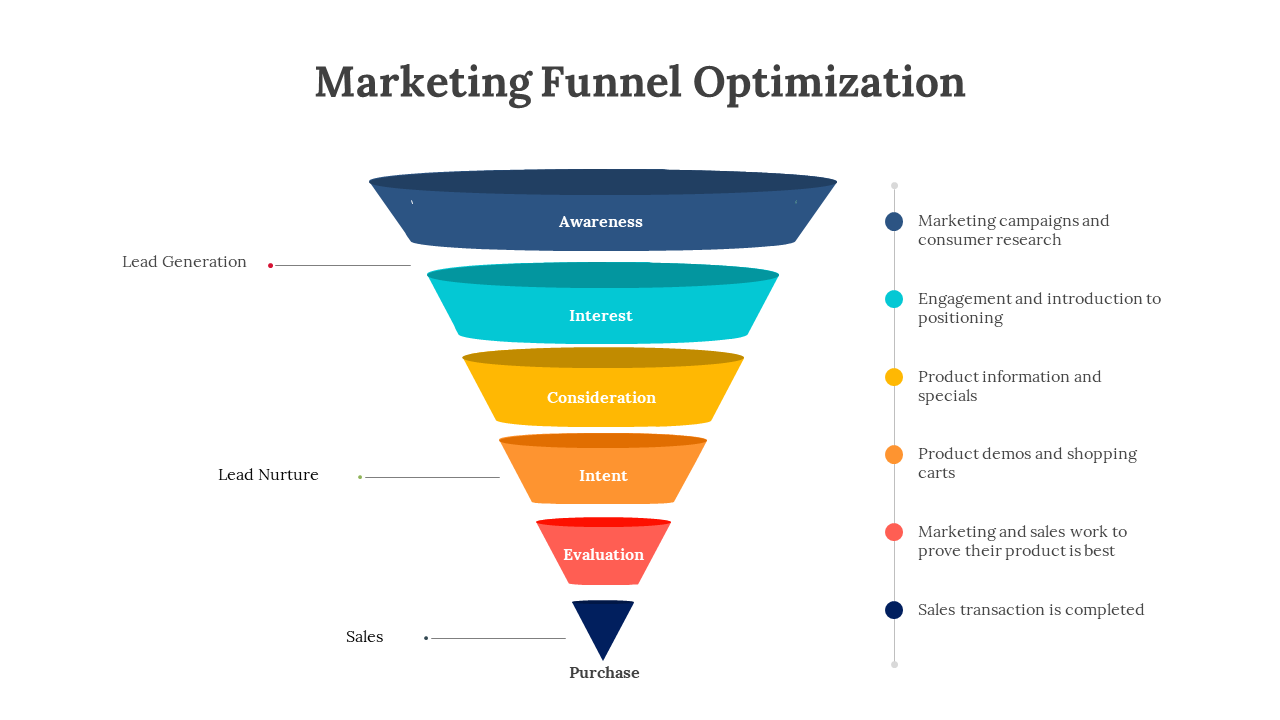
6. Case Studies and Success Stories in Ecommerce Funnel Optimization
One of the most effective ways to understand the true impact of ecommerce funnel optimization is by examining real-world case studies and success stories. Take, for instance, the example of a mid-sized online apparel retailer that revamped its checkout process based on funnel analytics insights. By identifying a significant drop-off at the payment stage, they introduced simplified payment options and a guest checkout feature. As a result, their conversion rate soared by 25% within just three months. Another compelling story comes from a beauty products brand that used funnel analytics to segment their audience and personalize marketing messages at each stage of the funnel. This targeted approach not only increased engagement but also boosted overall sales by 40% year-over-year. These case studies highlight how leveraging detailed funnel data enables businesses to pinpoint friction points, tailor user experiences, and ultimately drive higher conversions. By learning from these successes, ecommerce entrepreneurs can apply similar strategies to unlock their own growth potential.
7. Integrating Funnel Analytics with Customer Journey Mapping
Integrating funnel analytics with customer journey mapping is a powerful strategy that provides a comprehensive view of how potential customers interact with your ecommerce site at every stage of their buying process. While funnel analytics focuses on tracking user behavior through specific steps—such as landing page visits, product views, cart additions, and checkouts—customer journey mapping expands this perspective by visualizing the entire experience from initial awareness to post-purchase engagement. By combining these two approaches, you can identify not only where users drop off within your sales funnel but also understand the underlying motivations, pain points, and touchpoints influencing their decisions. This integration enables you to tailor your marketing efforts more effectively, optimize each stage of the funnel, and deliver personalized experiences that resonate with your audience. Ultimately, merging funnel analytics with customer journey mapping empowers you to make data-driven decisions that maximize conversions and foster long-term customer loyalty.
8. Using Funnel Insights to Drive A/B Testing and Continuous Improvement
One of the most powerful ways to leverage ecommerce funnel analytics is by using funnel insights to inform and drive A/B testing efforts. By closely examining each stage of your sales funnel—from awareness and consideration to purchase and post-purchase engagement—you can identify where potential customers are dropping off or encountering friction. These insights allow you to create targeted hypotheses for A/B tests that address specific pain points or conversion barriers. For example, if analytics reveal a significant drop-off at the checkout page, you might test different checkout layouts, payment options, or trust signals to see which variation improves completion rates. Continuously iterating based on data-driven A/B tests ensures that your funnel becomes more efficient over time, ultimately maximizing conversions. This cycle of analyzing funnel data, testing changes, and measuring outcomes fosters a culture of continuous improvement, enabling your ecommerce business to adapt quickly to customer behaviors and market trends while steadily boosting revenue.
If you found this article helpful and need help with your website, contact us for a FREE CRO Audit

